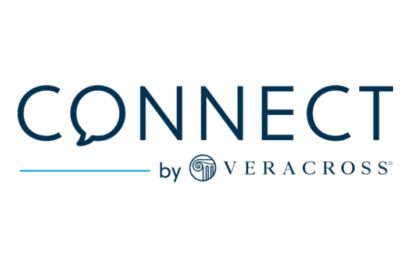
Your school community is comprised of many different groups of people. From students to parents, alumni, faculty, staff, and more — each person has a unique role at your institution and requires access to specific information. Communicating with so many different audiences can be challenging for school staff and overwhelming for recipients. A dedicated user portal can help!
What is a Portal?
A portal is a designated webpage where you can share relevant information to specific user groups. For example, instead of sending every parent at your middle school an email about the seventh-grade class field trip, you can add that information to relevant parents’ portals. This targeted approach has been proven to increase engagement and improve user experience.
With the right software provider, you can configure portals for every constituency at your school. Some institutions — like Catlin Gabel School in Portland, Oregon — have upwards of eight or nine different user portals. “We have several portals,” says Daisy Steele, Director of Technology. “We try to really hone in on our audience and provide a portal for each separate one.”
Every school’s portals are different because every school’s communication needs are different. Here are eight popular ways Veracross schools are using portals to inform and engage their communities.
1. Enhance Student Learning
A Student Portal is an easy way to share academic information and build an online community for your pupils. Students can interact with their teachers, access assignments and grades, and stay informed about grade-level announcements like summer reading lists.
Portal Pro Tip: include a link to your cafeteria menu so students can see what’s for lunch!
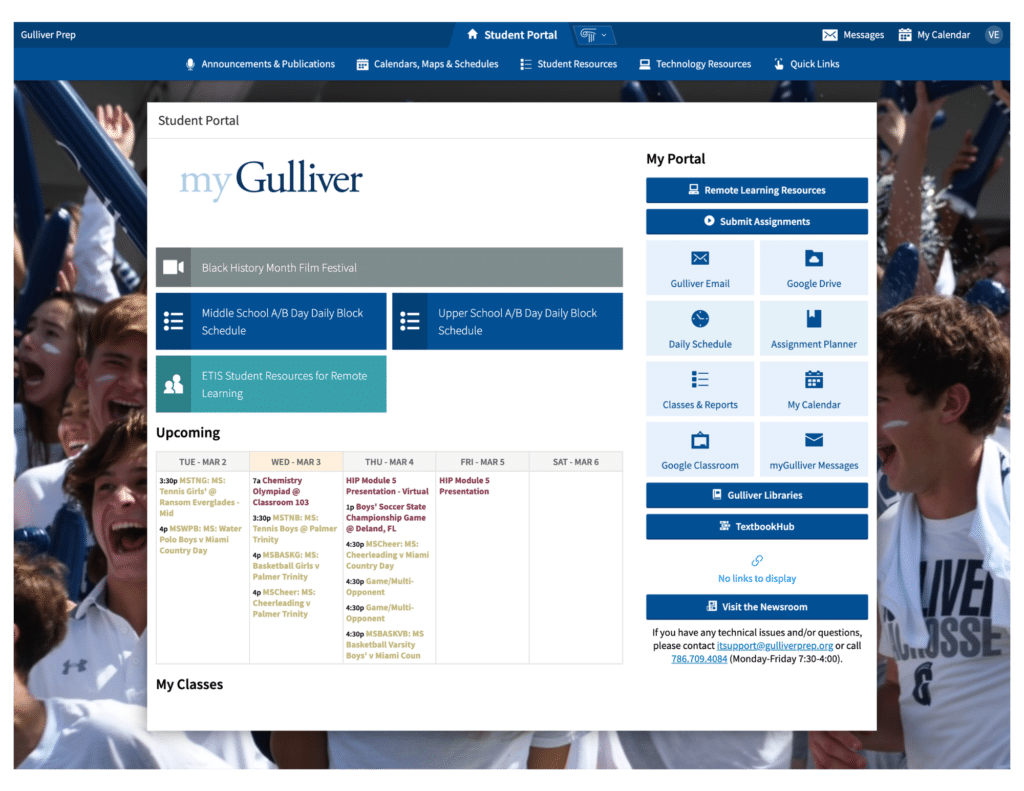
2. Communicate with Parents and Guardians
Considering the amount of information you share with parents each day, a Parent and Guardian Portal is a must-have. These portals help to reduce the endless cycle of emails through a centralized hub of communication. Parents and guardians can easily access their student’s information, make attendance change requests, view grades and class reports, and stay updated on important school events and announcements.
Portal Pro Tip: add a link to your student billing platform so parents can easily make tuition payments.
3. Welcome New Families
In addition to the current Student and Parent Portals, some schools have created a New Family Portal to share information with incoming students and their parents. This is a great way to not only communicate important information, but to introduce your school’s culture and keep the family engaged. Popular things to include are welcome videos, upcoming events (like orientation night), a digital campus tour, and a glossary of terms specific to your school.
Portal Pro Tip: think of this portal as anything you want to communicate with the family before the new school year.
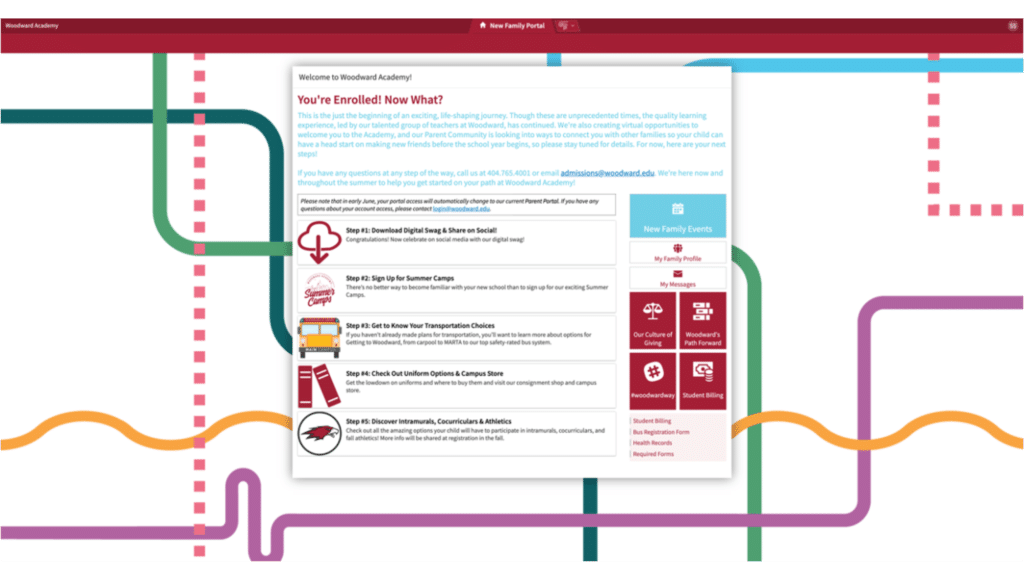
4. Keep Employees Informed
As any working professional knows, it can be hard to keep track of individual policies and employment-related information — that’s why you need an Employee Portal! Think of this portal as your one-stop-shop for human resources. Include relevant forms, benefit information, school calendars, and important communications that’d be helpful for onboarding and retaining your employees.
Portal Pro Tip: this is also a great place to include IT protocols and help desk information.
5. Help Teachers Stay Organized
Compared to the Employee Portal, a Faculty Portal is a powerful tool for teaching staff who need easy access to class information. In this portal, you might include grade-specific details like student attendance, directories, notes, and photos. For students with specific learning plans, teachers can easily access their specific notes and accommodations.
Portal Pro Tip: consider including links to professional development resources to help your teachers continue to learn new skills and teaching strategies.
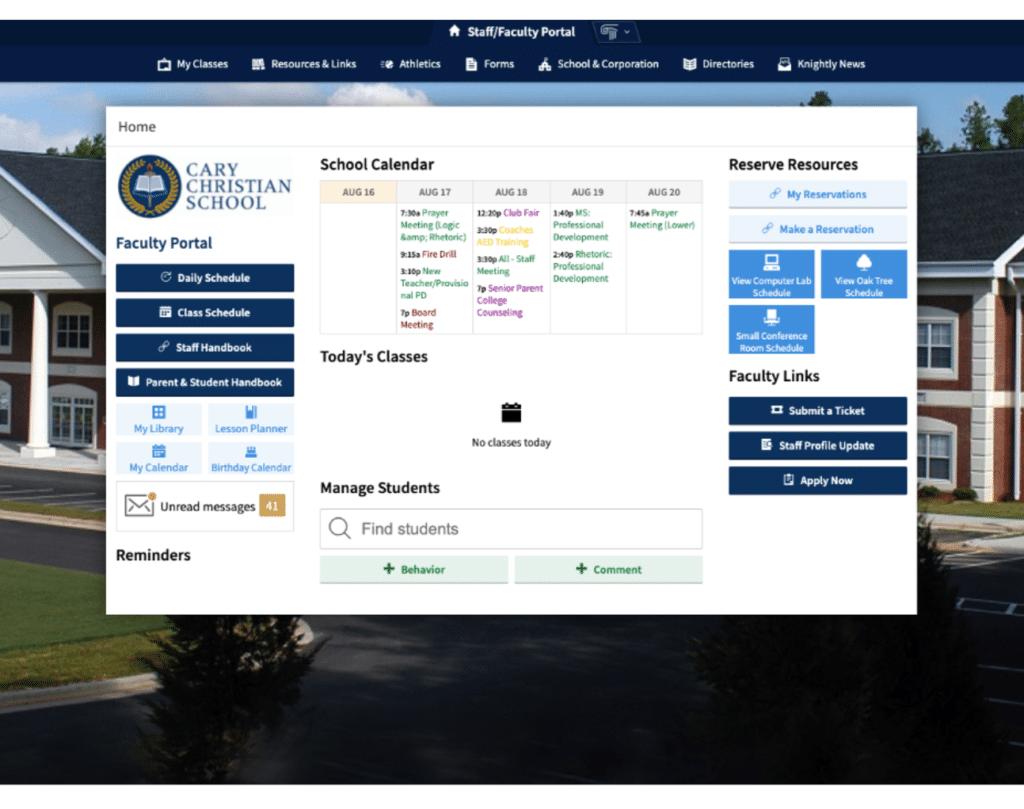
6. Make Tuition Payments Easier
It might not always be the parent who pays a student’s tuition bill. For example, a generous grandparent might give their loved one the gift of education. A Billing Portal makes it easy for authorized users to pay their bill in a secure platform.
Portal Pro Tip: include a payment schedule to help billpayers stay on top of their payments!
7. Engage Alumni, Family, and Friends
An Alumni Portal is the best way to keep former students active and engaged with your school. You might include a class directory, newsletter archive, and distinguished alumni news to help your former students connect with each other. Additionally, links to items like a transcript request form can be helpful for alumni (and save your registrar’s office some work!).
Portal Pro Tip: add an in memoriam section to help students remember their friends from years past.
8. Organize Board Meetings
Your school board is an integral part of your community that requires access to confidential information. A Board Portal can help keep members organized in a password-protected environment. Store meeting minutes, prep documents, and a meeting calendar for easy access, organization, and security.
Portal Pro Tip: welcome new board members with helpful information and onboarding resources like a directory.
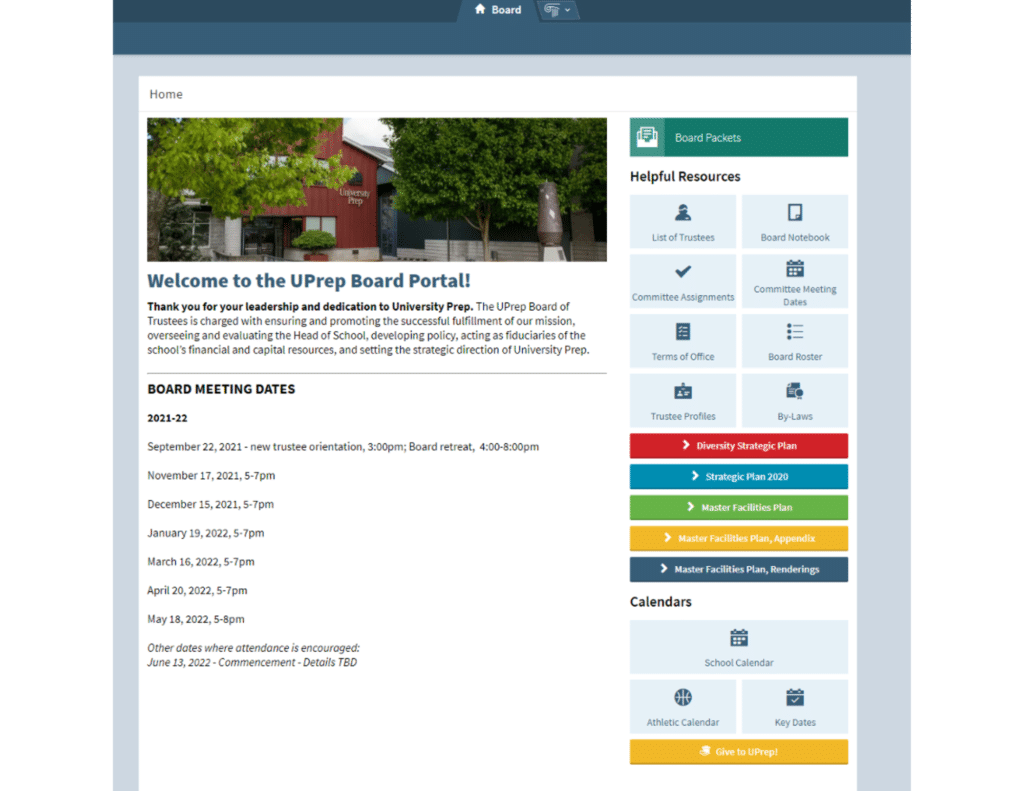
These are just a few examples of how you can create a strong virtual community with user portals. Do you have an active parent teacher association? You can create a portal for that. What about your contractors, tutors, and part-time coaches? You can create a portal for that!
With Veracross portals, the options are flexible and virtually limitless. You can create custom portals for any constituency at your school. To learn more about this powerful communications tool, watch this on-demand webinar to see how a New Family Portal can transform the enrollment experience.

